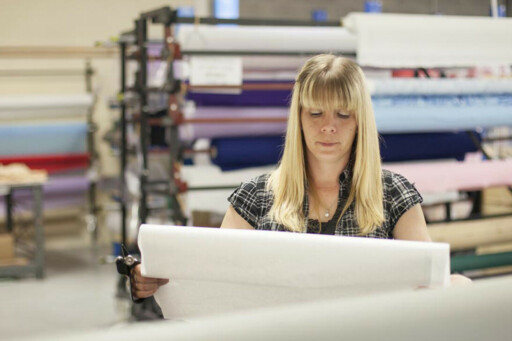Research
Spinal bracing for the child with neurological dysfunction: is the future rigid?
Martin J. Matthews, MPhil, AS Rai, S Chatterjee,
Overview
Provision of rigid orthoses has been provided since the pre-Columbian Indian population used cork bark to stabilise the spine around 900AD. Although the materials have improved greatly over the years, the guiding principles are still the same, requiring rigidity to prevent spinal malalignment initiated by varying factors ranging from neuropathic muscle imbalance to trauma. Blue printing of radiographs have provided the orthotists with the knowledge to enable translational and torsional components to be incorporated in the brace to counter the classic scoliosis presentations. However as feedback from patients suggests that rigid braces are not the most comfortable, it is worth reconsidering the principles of bracing.
Please note DMO can not be responsible for 3rd party website content.



